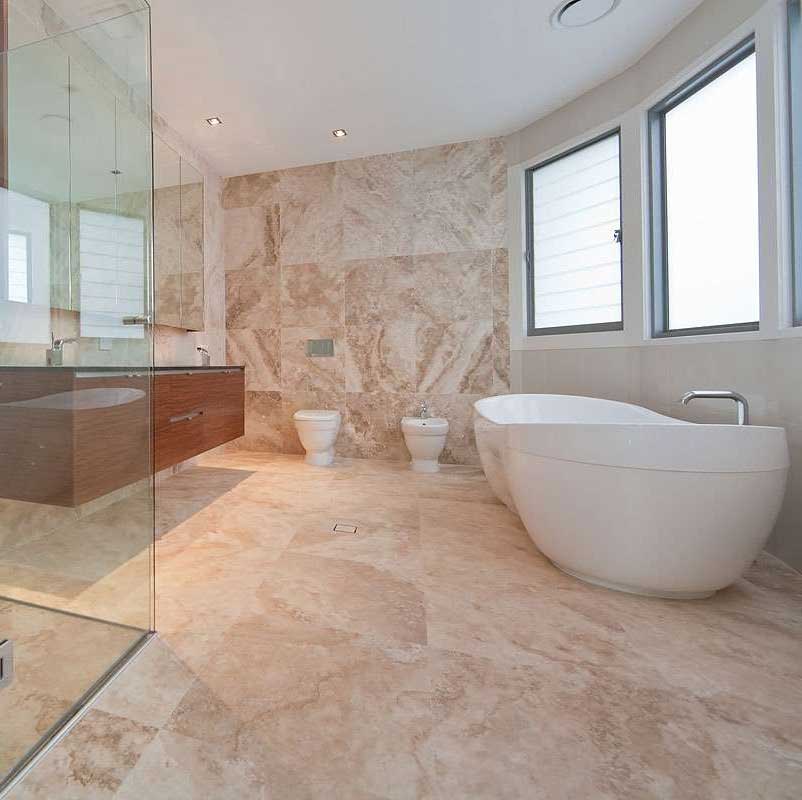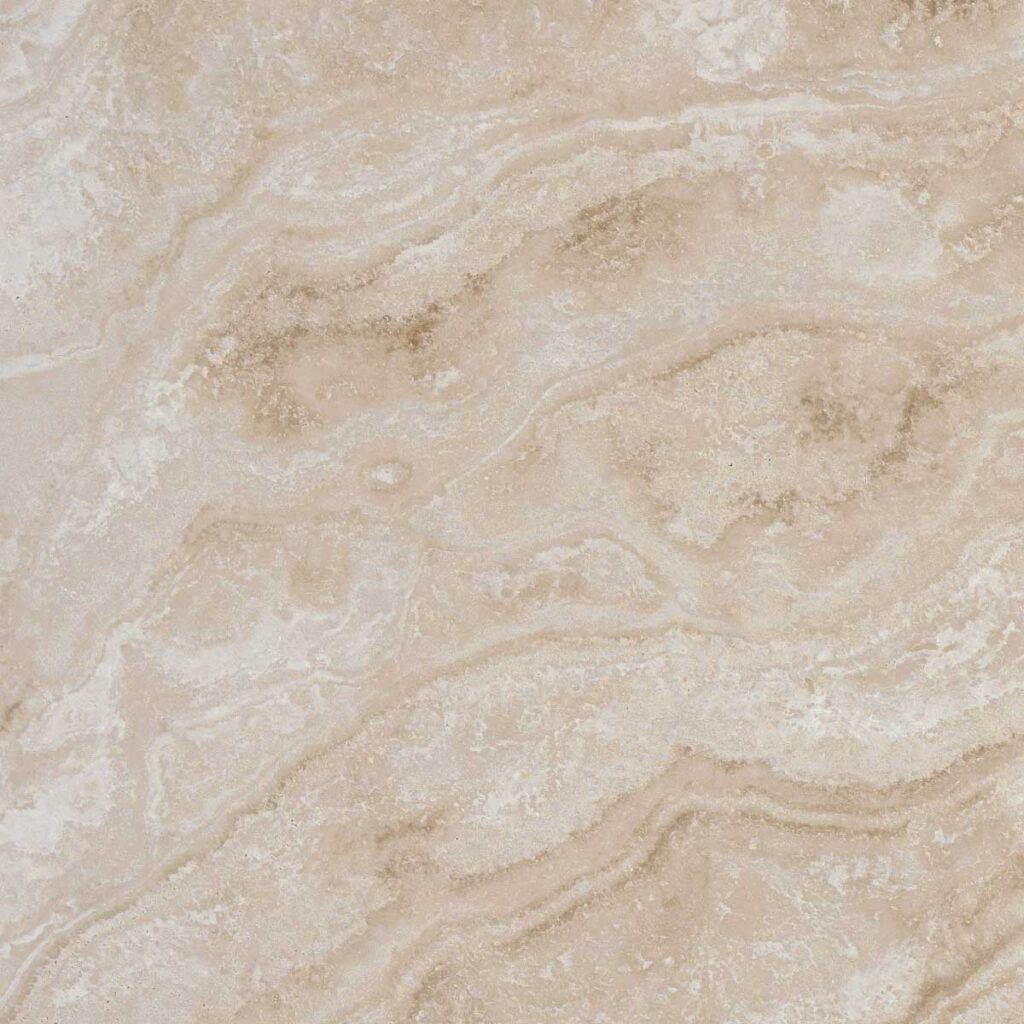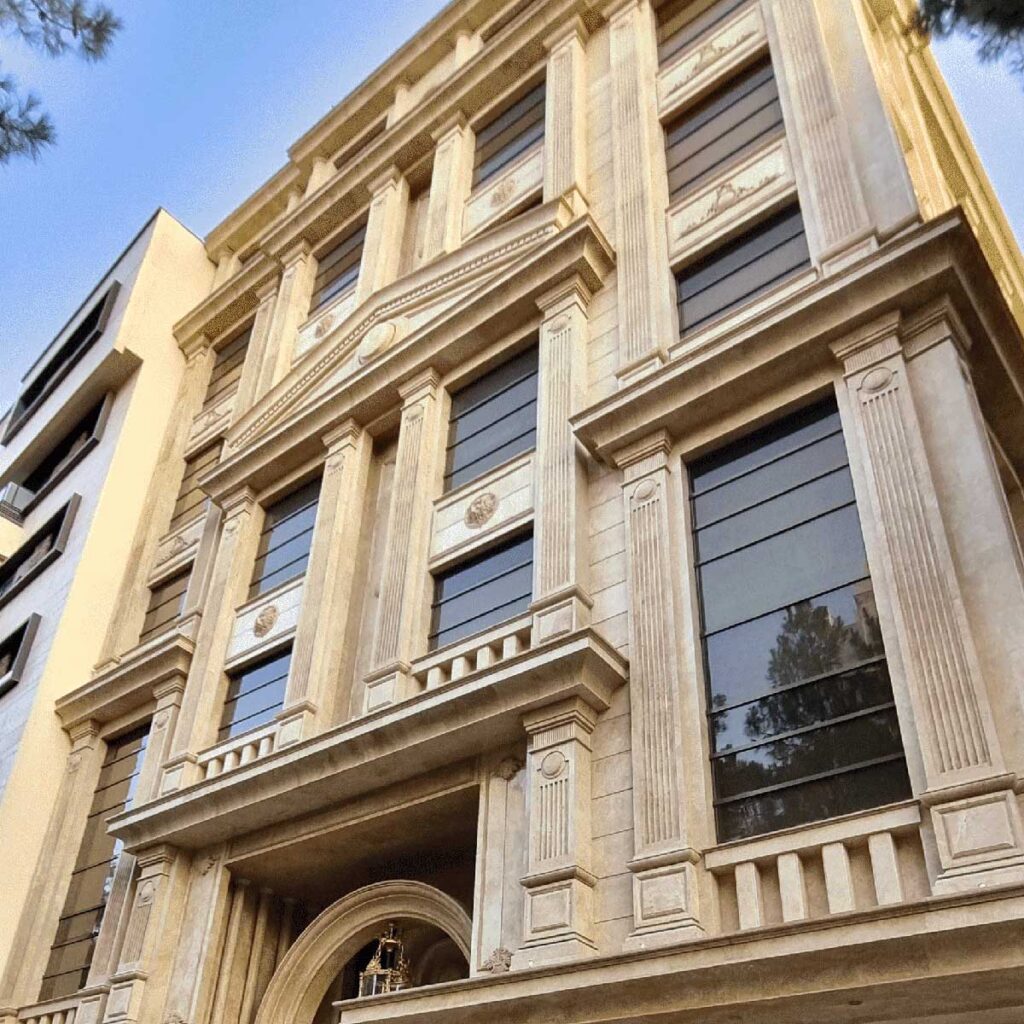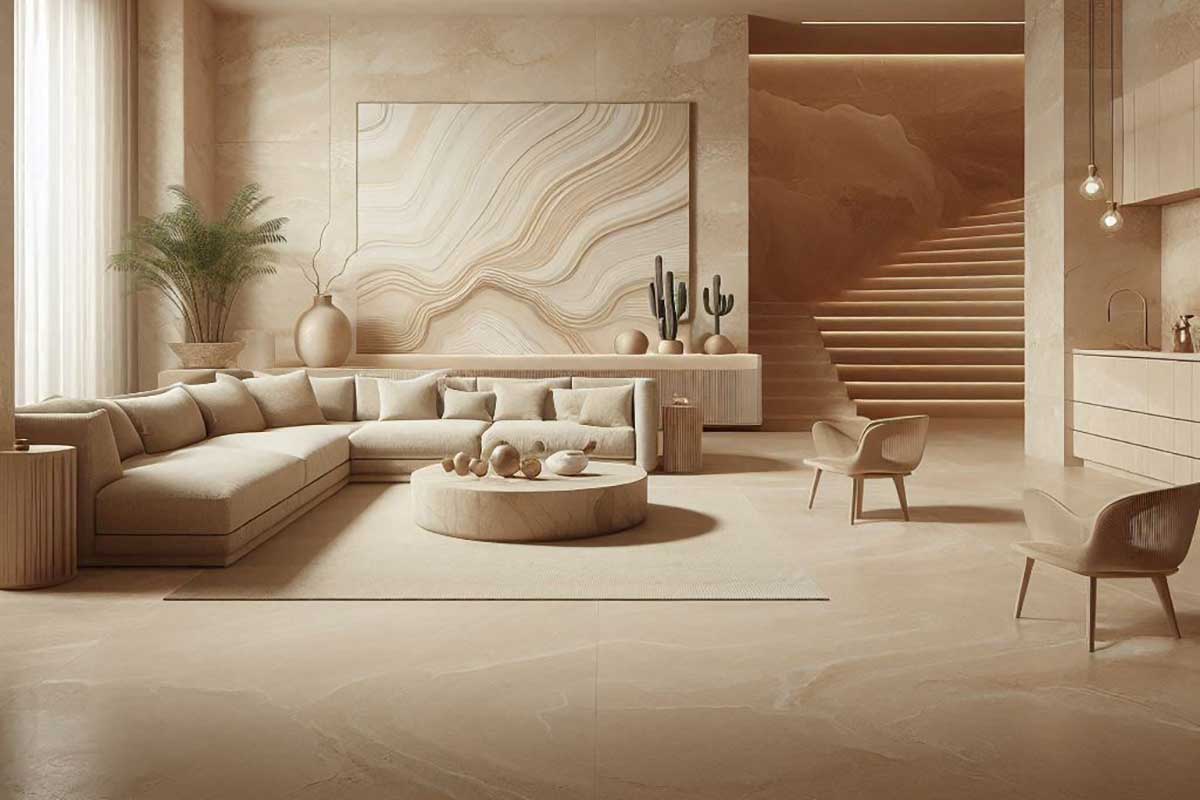


Travertine Stone | Guaranteed Quality and Competitive Pricing
Travertine is one of the most popular and practical building materials, widely used in the design and construction of structures—from exterior façades to interior decoration. But how can we choose the right travertine for our projects and secure the best possible pricing? In this guide, we provide a comprehensive review of travertine and offer key tips for its purchase and application.
Contact us for advice and to place an order.
History of Travertine Stone
The use of travertine as a building material dates back to ancient times. Evidence shows that civilizations such as Egypt, Rome, and Persia used travertine in construction. Some of the most iconic structures built with travertine include:
The Colosseum in Rome: This grand monument, built in the 1st century AD, is one of the most well-known examples of travertine construction.
The Parthenon in Athens: Built in the 5th century BC, this Greek temple is another historic landmark utilizing travertine.
The Taj Mahal in India: Constructed in the 17th century, this architectural marvel used both white marble and travertine.
Sheikh Lotfollah Mosque in Isfahan: Built during the 17th century, this mosque exemplifies travertine usage in traditional Persian architecture.
What is Travertine Stone?
Travertine is a type of limestone formed through volcanic activity and mineral deposits. This stone is renowned for its durability, natural texture, and beautiful appearance, making it a go-to choice for architectural and decorative projects.
Travertine forms when hot volcanic gases mix with mineral-rich groundwater, causing mineral sedimentation that hardens into stone over time. This process results in porous textures and diverse color variations.
Key Features of Travertine
Travertine stone offers a range of distinctive features that make it ideal for building and interior design:
High durability and weather resistance
Lightweight compared to other stones, making transport and installation easier
Natural texture and diverse colors, adding elegance to any space
Types of Travertine Stone
Due to its mineral composition and geological formation, travertine exists in various types with unique colors, textures, and applications. Major varieties include:
Beige Travertine: Available in different shades of beige and cream; ideal for façades and interiors.
White Travertine: Known for its pure white color; perfect for modern, minimalist designs.
Brown Travertine: Offers warm tones of brown and red; suitable for rustic and cozy aesthetics.
Some of the most common types of Iranian travertine include:
Hajijabad Travertine: Light cream-colored with high polishability; one of the most popular types.
Abbasabad Travertine: Cream-brown with irregular veining; high resistance makes it suitable for exteriors.
Darre Bukhari Travertine: White with brown veins; known for beauty and delicacy—used for interior walls.
Abyaneh Travertine: Pinkish cream with fine veining; rare and therefore more expensive.
Travertine Stone Pricing
Like other building materials, travertine prices are affected by multiple factors. Understanding these factors will help you make smarter purchases and optimize your budget.
Price Determinants:
Type: Varieties like white, cream, or chocolate travertine
Color: Rare colors generally command higher prices
Dimensions: Larger stone sizes increase cost
Quality: Stones with no cracks and smoother surfaces are more expensive
How to Assess Travertine Quality
Evaluating travertine quality is critical for ensuring durability and long-term aesthetic appeal:
Strength test: The stone should resist pressure and impact.
Surface inspection: It should be smooth and defect-free.
Water absorption test: Lower-quality stones absorb more water.

Applications of Travertine Stone
Travertine’s unique properties make it suitable for a wide array of uses in architecture and design:
Building façades: Adds lasting elegance and protection.
Stairs and flooring: Offers durability and resistance to wear.
Bathrooms: Water-resistant, making it ideal for wet environments.
Advantages & Disadvantages of Travertine
Pros:
Wide range of colors and patterns
High abrasion and weather resistance
Excellent polishability
Natural sound and heat insulation
Competitive pricing
Cons:
Sensitive to acidic substances
Requires proper maintenance
Some types may exhibit salt blooms
Essential Tips for Buying Travertine
Buying travertine may seem straightforward, but careful attention can prevent future issues:
Source: Always purchase from reputable suppliers.
Fair pricing: Ensure the cost reflects the stone’s quality.
Sample review: Check actual stone samples before purchasing.
Our expert consultants at Shajareh Stone Group are ready to answer your questions and assist in selecting the best travertine for your needs.
Travertine Stone Pricing Guide
Travertine pricing is influenced by multiple variables. A better understanding of these factors will lead to more efficient budgeting:
Stone quality: Higher quality demands higher price.
Dimensions and thickness: Larger and thicker slabs are more expensive.
Color and texture: Rare patterns and shades are costlier.
Care & Maintenance of Travertine
To maintain the beauty and durability of travertine, follow these care tips:
Regular cleaning: Use mild detergents and water for routine maintenance.
Stain prevention: Avoid contact with oils and acids.
Periodic inspection: Repair minor damage early to prevent major issues.
Frequently Asked Questions
What are the main features of travertine?
High durability, lightweight nature, and elegant appearance.
What should I consider when buying travertine?
Evaluate quality, pricing, and the credibility of your supplier.
Where can travertine be used in a building?
Commonly in façades, stairs, floors, and wet areas.
How should travertine be maintained?
Clean regularly and avoid acidic or harsh materials.
How is the price of travertine determined?
Based on quality, size, thickness, and stone color.
Conclusion
Travertine is an excellent choice for architectural and decorative projects due to its unique properties. By following the guidelines in this article, you’ll be better positioned to make informed decisions and take full advantage of what travertine has to offer. With the right selection and proper care, you can maximize the stone’s beauty and lifespan.


